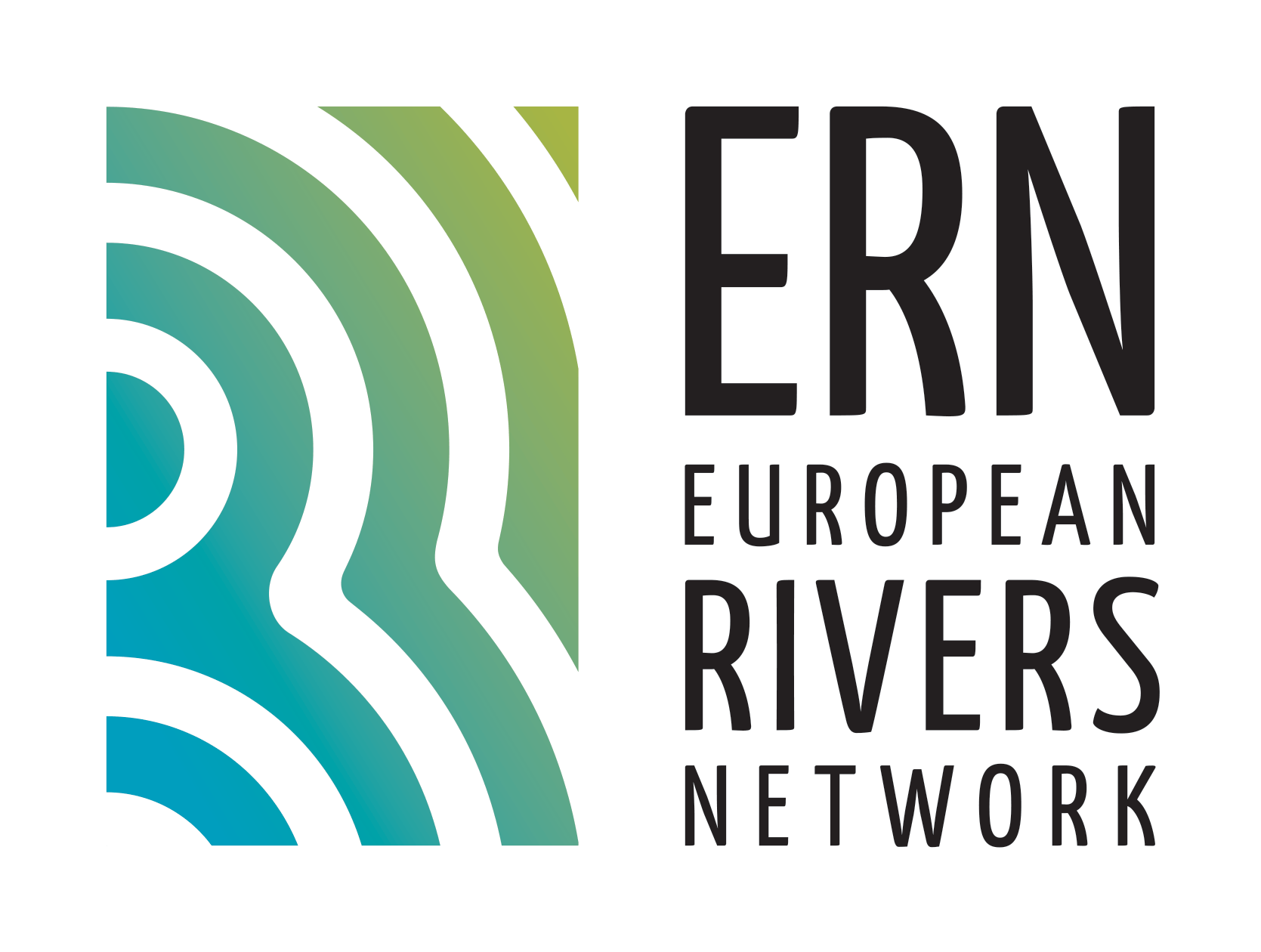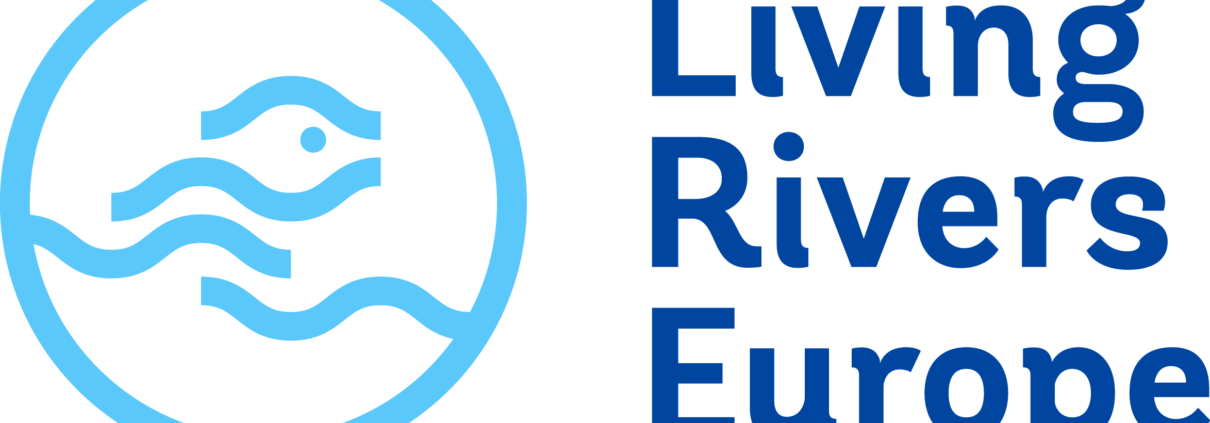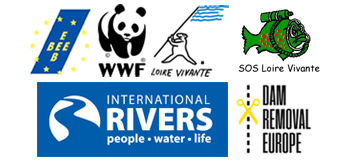European water resilience strategy: ambition hampered by a lack of concrete commitments
On June 4, 2025, the European Commission presented its EU water resilience strategy, a much-anticipated document at a time when shortages, floods, and pollution are increasingly threatening aquatic ecosystems.
But behind the stated intentions, the content is disappointing.
This document, which is supposed to respond to the call made by the Living Rivers Europe coalition in its recommendations, falls short in several respects. It lacks concrete commitments, clearly identified funding, and truly operational governance tools. After the European Parliament vote on May 7, several NGOs had already expressed doubts about Europe’s ability to provide itself with the means to respond to the water crisis. The strategy reflects the Commission’s view that “the legislative framework is already in place,” based on the Water Framework Directive, the Floods Directive, and the newly adopted Nature Restoration Regulation, yet “persistent implementation failures are holding back progress.”
The text highlights nature-based solutions, but without setting legally binding targets or providing specific budgets for their implementation. The incentives proposed remain too vague to bring about real change. In two separate responses, the EurEau federation and the Living Rivers NGO coalition regretted the absence of targets to reduce water abstraction in the strategy. Such a target was included in a draft version of the communication—which Contexte had published—but was ultimately replaced by a target to improve “water use efficiency” in the final version presented by the Commission on June 4. The efficiency target is vaguely defined: it “provides no baseline, no sectoral roadmap, and no implementation mechanism to achieve it.” The NGO coalition also deplores the fact that the target is not binding in any case.
On pollution, the measures are still too weak, particularly on prevention at source and the application of the polluter pays principle. Yet PFAS, nitrates, and other harmful substances continue to pollute waters across Europe.
The lack of a roadmap for the agricultural sector, combined with the absence of quantified targets by area, weakens the strategy.
As Living Rivers Europe points out, without concrete means or a precise plan, this ambition risks remaining unfulfilled. Meanwhile, pressure on rivers and wetlands continues to worsen.
The coming months will tell whether the Commission and Member States will be able to turn promises into action and take decisions that are commensurate with the challenge.
More infos : read Living Rivers Europe press release


 ERN France
ERN France ERN is the official WWF Freshwater Partner in France and cooperates with WWF Switzerland, Austria, Netherlands and others
ERN is the official WWF Freshwater Partner in France and cooperates with WWF Switzerland, Austria, Netherlands and others

Leave a Reply
Want to join the discussion?Feel free to contribute!